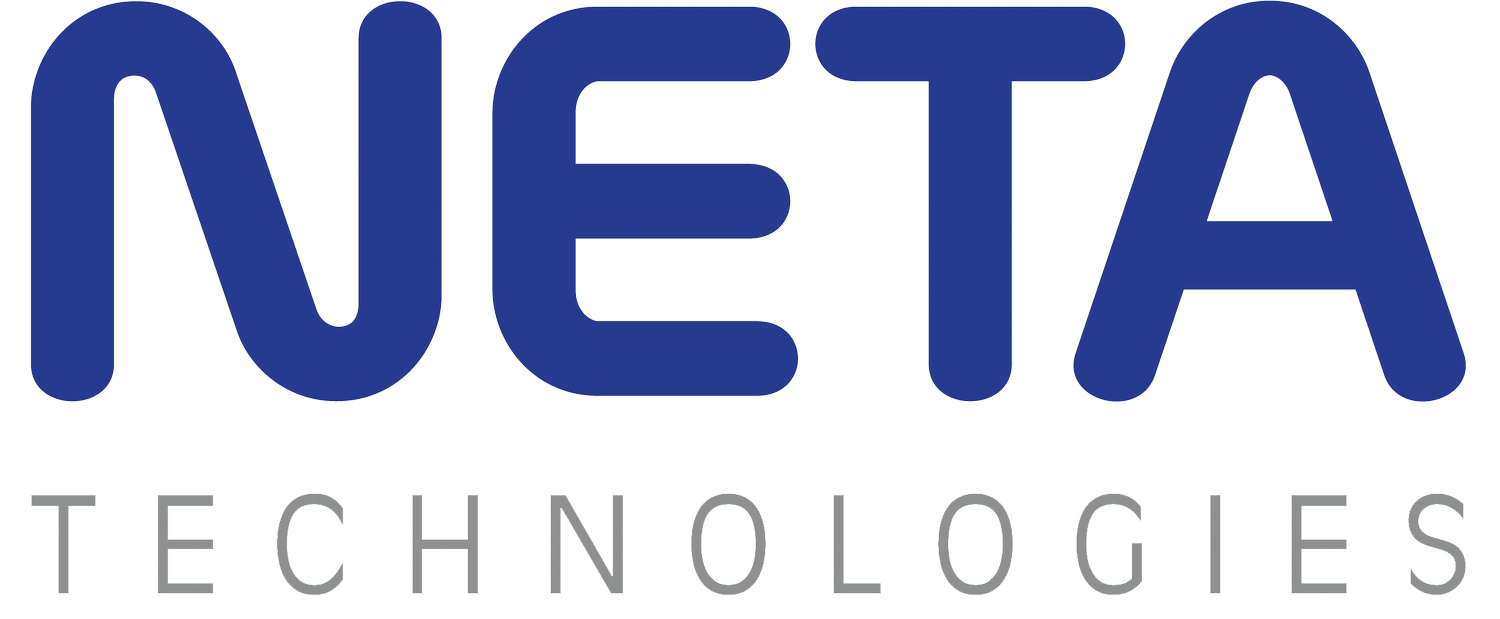MECHANICAL DESIGN
Antenna products in particular contain a significant amount of mechanical design and material engineering. Mobile antenna structures consist of mechanisms that are driven by motors in systems containing stabilization. These systems are designed using advanced design tools.
In the mechanical design process, in the coordination of electronic circuit design and software development process, advanced technologies are utilized in the stages of solid modeling in computer environment, simulation of designs in virtual environment, preparation of necessary equipment for testing in physical environment and testing of products, preparation of the tools needed for production and transfer to production.
Computer-aided design and aesthetic design tools are supported by the knowledge and ability to make original designs that are necessary for the design of complex systems. With the modeling and analysis programs used, parts design with different characteristics, mold and apparatus design and manufacturing are required for the production of these parts. Using static and dynamic simulation programs, testing the system before production, optimizing and making the necessary corrections reduces design and prototype costs.
With ECAD-MCAD interaction, transferring the designed circuits to CAD program saves the design process time. Prototypes produced using the rapid prototyping method can be presented visually, but can also be used for functional tests.
Plastic injection, plastic vacuum technique and parts design suitable for metal injection, mold design and production required for the production of these designs are made. By using 3-D Optical Scanning, the accuracy of the designs is checked and the samples are transferred to CAD data. The selection of materials to suit the requirements for the use of products in different environments, protection of materials from corrosive effects by techniques such as paint coating, and analysis of the materials to be used are also provided by the experienced design team.
For the prototype manufacturing and physical testing of the designs that complete the process in virtual environment, metal sheet metal forming, numerical controlled machining machines, various conventional machining machines, laser cutting, plasma cutting, vibration test devices, specially designed test apparatus are used.
The designs passing through these stages are produced by effective methods to be determined from production techniques such as metal injection, plastic injection, plastic vacuum technique, plastic rubber, machining, sheet metal punching, plastering, cutting and shaping. by the assembly. Neta has made an important investment decision in 2019 and acquired the necessary Test Center for its environmental tests (up to 95% humidity at -40ºC ... + 120ºC temperatures), vibration and shock tests (100g shock, 50kg random vibration) ), rain effect and salt fog tests (corrosion analysis).



